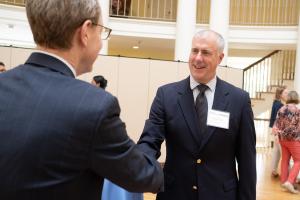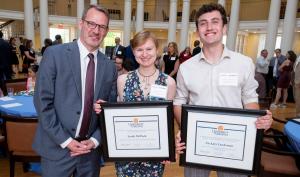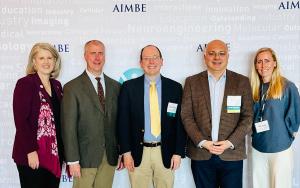Brian P. Helmke, Ph.D.

About
Brian Helmke researches the relationship between cell mechanics and cell function using new tools in materials science and molecular biology, with a focus on cardiovascular disease.
Living cells and tissues adapt to their environment by altering structure, gene and protein expression, and biochemical functions. For example, endothelial cells lining the artery wall at the blood tissue interface experience fluid mechanical forces that vary with time and location along the artery. However, the mechanisms by which cells transduce mechanical stimuli into biochemical signals are not well understood. Our laboratory employs a multidisciplinary biomedical engineering approach to understand the relationship between intracellular mechanics and cell function.
Education
B.S.E., Bioengineering, University of Pennsylvania, 1992
B.S.Econ., The Wharton School, University of Pennsylvania, 1992
Ph.D., Bioengineering, University of California, San Diego, 1996
"Our lab employs a multidisciplinary biomedical engineering approach to understand the relationship between intracellular mechanics and cell function."




